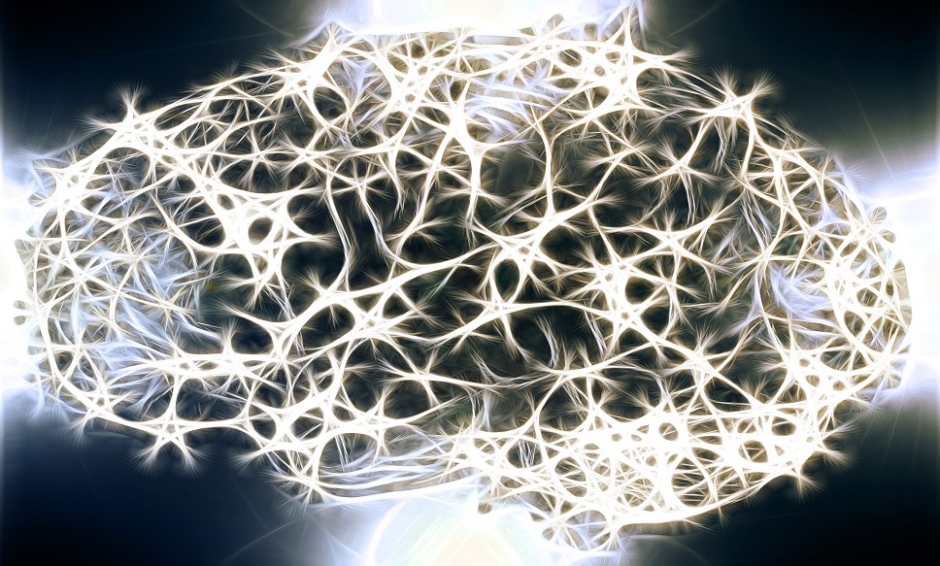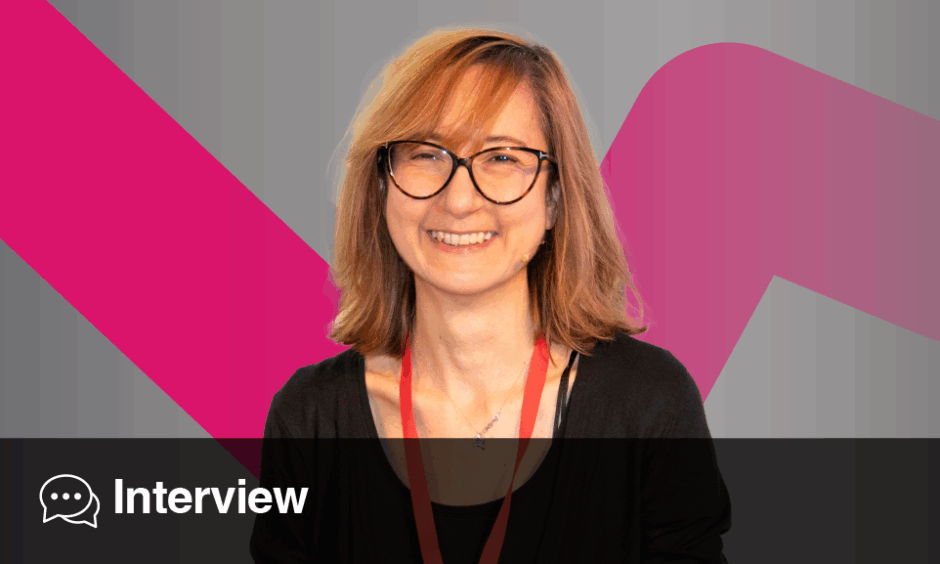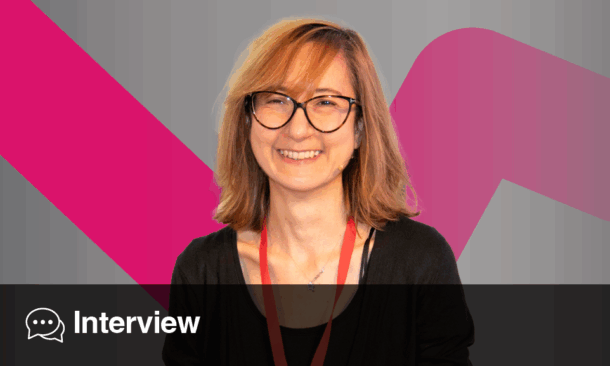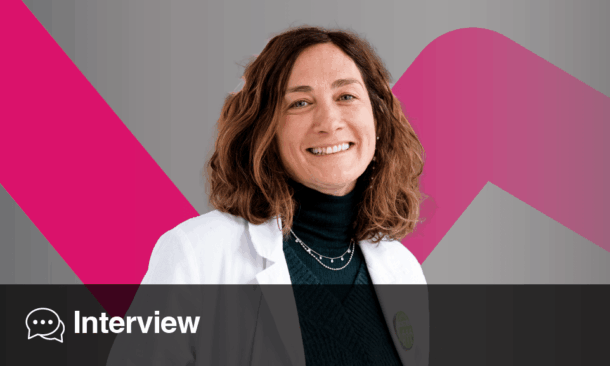EARLY brain development biomarkers could help to identify babies at high risk of autism before the onset of behavioural symptoms, according to the results of new research carried out at the University of North Carolina at Chapel Hill (UNC-CH), Chapel Hill, North Carolina, USA.
By identifying high-risk infants before they go on to develop the behavioural characteristics of autism, typically between the ages of 2 and 3 years, researchers could examine the effect of interventions in a period prior to the disorder being present. These interventions could have a greater chance of improving outcomes than treatments started after diagnosis when a child’s brain has already started to undergo significant change. “Putting this into the larger context of neuroscience research and treatment, there is currently a big push within the field of neurodegenerative diseases to be able to detect the biomarkers of these conditions before patients are diagnosed, at a time when preventive efforts are possible,” said Dr Joseph Piven, Carolina Institute for Developmental Disabilities, UNC-CH.
In their study, Dr Piven and colleagues carried out magnetic resonance imaging (MRI) scans to measure the brain volume of hundreds of children at 6, 12, and 24 months of age whose older siblings had been diagnosed with autism. They found that the children who went on to develop autism also experienced a ‘hyper-expansion’ of brain surface area from 6 to 12 months.
The researchers used their measurements of the surface area and cortical thickness of infants’ brains at 6 and 12 months of age to develop a predictive algorithm that would classify those most likely to meet the criteria for autism at 24 months of age. The algorithm was tested in a separate set of study participants. It correctly predicted eight out of ten infants who would later meet criteria for autism at 24 months of age in comparison to those infants with older autism siblings who did not meet criteria at 24 months. “Typically, the earliest an autism diagnosis can be made is between ages 2 and 3. But for babies with older autistic siblings, our imaging approach may help predict during the first year of life which babies are most likely to receive an autism diagnosis at 24 months,” Dr Piven said.
“We haven’t had a way to detect the biomarkers of autism before the condition sets in and symptoms develop,” Dr Piven said. “Now we have very promising leads that suggest this may in fact be possible.”
Jack Redden, Reporter








